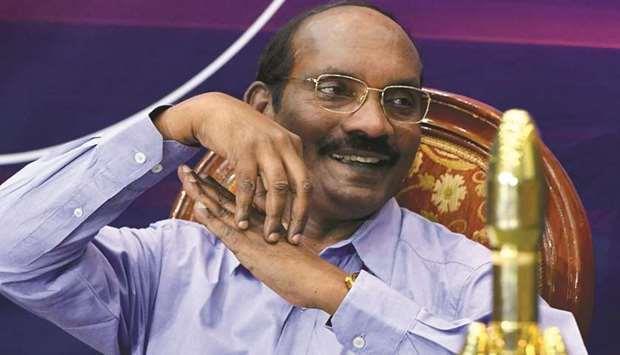
[ad_1]
(MENAFN – Gulf Times) India's Chandrayaan 2 spacecraft entered lunar orbit yesterday, executing one of the trickiest maneuvers on its historic mission to the moon.
Lunar Orbit Insertion as planned, the Indian Space Research Organization (ISRO) said in a statement.
The insertion was successfully completed today at 0902 hrs IST (0332 GMT) as planned, using the onboard propulsion system. The duration of maneuver was 1738 seconds, the national space agency said.
India is seeking to become just the fourth nation after Russia, the United States and China to land a spacecraft on the Moon.
If the rest of the mission goes to plan, the Indian probe will land on the lunar South Pole on September 7.
To enter the final orbit over the lunar poles, Chandrayaan 2 will undergo four more similar maneuvers, with the next scheduled for today.
ISRO chief K Sivan said the maneuver was a key milestone for the mission, adding he was hoping for a perfect landing next month.
'On September 7, the lander will land on the moon. Whatever is humanly possible, Sivan told reporters.
Yesterday's insertion was one of the trickiest operations in the mission because the satellite had been approaching the moon.
And had it approached at a slow velocity, the Moon's gravity would have pulled it in, causing a crash.
'The velocity approach had to be just right and the altitude over the moon precise. Even a small error would have killed the mission, Sivan said.
'Our heartbeats increased for 30 minutes, our hearts almost stopped.
Chandrayaan 2 lifted off from the Sriharikota spaceport in Andhra Pradesh on July 22.
The 3.8tonne spacecraft which covered a distance of 384,000km from Earth to the Moon included an orbiter, a lander and a rover almost entirely designed and made in India.
The orbiter has a mission of a year and will take pictures of the lunar surface.
For now, Chandrayaan-2 will orbit the Moon in progressively smaller orbits until it reaches a distance of 100km from the Moon's surface after which the lander will be separated from the orbiter.
Sivan said the 15-minute final landing would be terrifying moments since it was the most complex mission ever undertaken by the agency.
'The success rate of soft landings on the Moon is only about 37%. We are confident because we have enough tests and simulations, but still there will be terrifying moments for us, he said.
ISRO says the mission will help scientists to better understand the origin and evolution of the Moon by conducting detailed topographical studies, mineral analyzes and a host of other experiments.
About $ 140mn was compared to other countries.
It was launched on India's most powerful rocket, the Geosynchronous Satellite Launch Vehicle (GSLV) MkIII.
The liftoff was successful in its second attempt, a week after it was aborted just under an hour from its launch due to a technical glitch.
India's first lunar mission in 2008. Chandrayaan-1 did not land on the moon
The mission of the Mission Operations Complex (MOX) at Isro Telemetry, Tracking and Command Network (ISTRAC) in Bengaluru with support from the Indian Deep Space Network (IDSN) antennas at Bylalu, near the capital Karnataka.
'This mission will help us better understand the origin and evolution of the Moon by conducting detailed topographical studies, comprehensive mineralogical analyzes, and a host of other experiments on the lunar surface, the space agency said.
'While there, we will also explore discoveries made by Chandrayaan 1, such as the presence of water molecules on the moon and new rock types with unique chemical composition, the space agency said said said.
A soft landing on the Moon would be a huge leap forward in India's space program, with Prime Minister Narendra Modi determined to launch a missionary into space by 2022.
India also has ambitions to land on March.
In 2014, India became the fourth largest satellite of the Red Planet.
MENAFN2008201900670000ID1098905601
[ad_2]
Source link